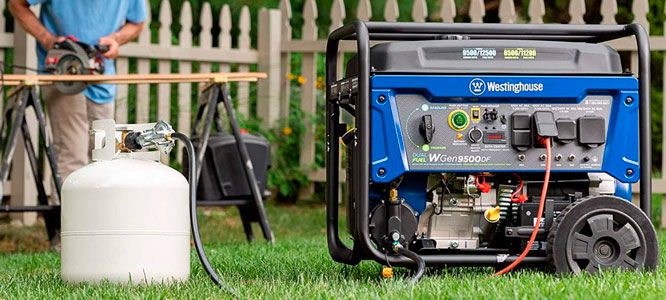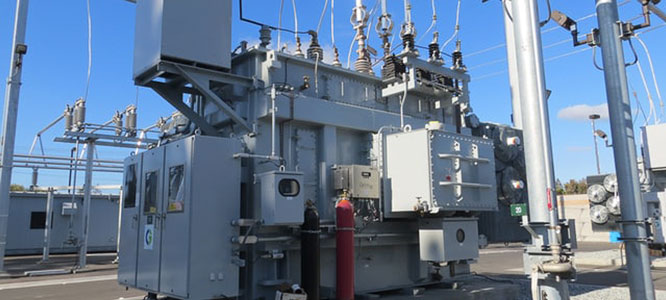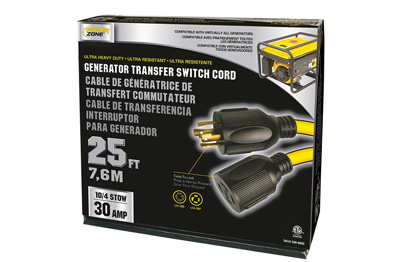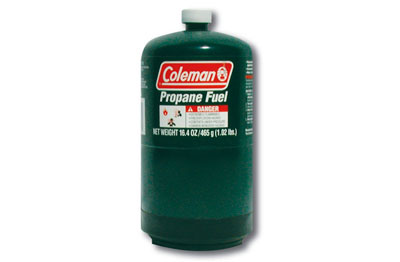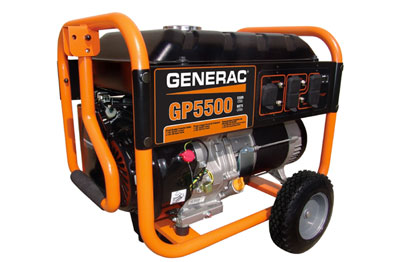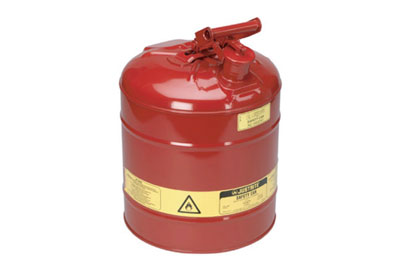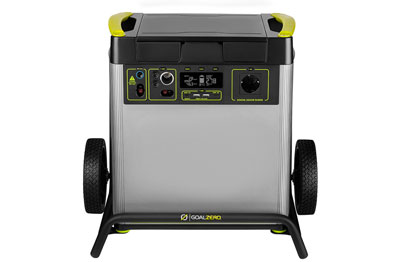How to Dispose of Human Waste from Portable Toilets
Sunday, September 11, 2022
Portable toilets, or porta potties, are a convenient way to provide sanitation facilities in locations where there is no plumbing. However, they can also create a significant environmental problem if not properly maintained. When waste is left in the toilets, it can leach into the ground and contaminate the water supply. In addition, the waste can attract flies and other pests, which can spread disease.
For these reasons, it’s important to dispose of human waste from portable toilets properly. In this article, we’ll discuss the best methods for disposing of human waste from portable toilets.
How Do Portable Toilets Work?
A portable toilet is a self-contained unit typically used in situations where there is no access to plumbing. A
portable toilet consists of a seat with a hole in the center, a waste tank, and a supply of fresh water. When the toilet is used, waste is deposited into the waste tank. Each time the toilet is used, fresh water is added to the tank to flush it out.
When the waste tank is full, it must be emptied. This can be done by either dumping it into a larger sewage system or by treating it on-site. On-site treatment is often necessary for remote locations where there is no access to plumbing.
Why Do People Worry about Proper Disposal of Waste?

There are several reasons why people worry about the proper disposal of human waste. Perhaps the most important reason is that improper disposal of waste can lead to contamination of water supplies. This can happen when waste is left in toilets and leaches into the ground. If the groundwater is contaminated, it can make people sick if they drink it.
Another reason to properly dispose of human waste is that it can attract pests. If waste is left out in the open, it can attract flies and other insects. These insects can then spread disease by contaminating food.
Finally, improper disposal of human waste can simply be unsightly. No one wants to see a pile of garbage or human waste. It’s important to dispose of waste properly to keep areas clean and tidy.
Types of Portable Toilets
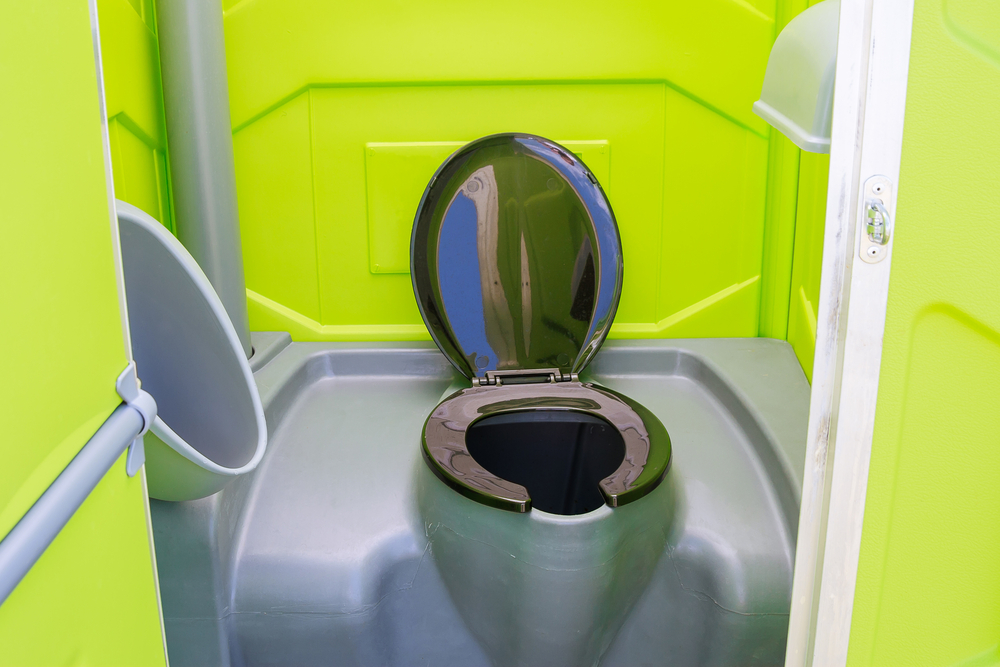
Folding Portable Toilet
This type of portable toilet is typically used in camping and hiking. It’s easy to set up and take down, and it can be carried in a backpack. Folding portable toilets usually have a seat and a waste tank that are connected by hinges. When the toilet is not in use, the seat and tank can be folded together for storage.
Portable Toilet Seat with Bucket
This type of portable toilet is similar to a folding portable toilet, but it doesn’t have a waste tank. Instead, it has a seat that attaches to a bucket. When the toilet is not in use, the seat can be detached and the bucket can be emptied.
Fold-to-Go Portable Toilet
This type of portable toilet is similar to a folding portable toilet, but it has a waste tank that can be detached from the seat. When the toilet is not in use, the seat and tank can be folded together for storage. The advantage of this type of toilet is that the waste tank can be emptied without having to remove the entire unit.
Waste Bags
These are specialized bags that are designed to be used with portable toilets. They have a special lining that prevents waste from leaking out. Waste bags are typically used with folding portable toilets and portable toilet seats with buckets.
Cassette Toilets
This type of portable toilet is typically used in RVs and boats. It consists of a waste tank that can be removed from the unit for emptying. Cassette toilets typically have a freshwater tank as well, so they can be used for flushing.
Portable Camping Toilets
These toilets are very similar to regular camping toilets, but
portable camping toilets are designed to be used with a porta potty. A portable camping toilet usually has a waste tank that can be removed from the unit for emptying.
Premium Portable Toilets
These are the most expensive type of portable toilet, but they offer the most features. Premium portable toilets typically have a flushing system, a waste tank, and a freshwater tank. They may also have features such as built-in sinks and hands-free operation
When choosing portable toilets,it’s important to consider how it will be used. For example, if the toilet will be used in a remote location, a waste bag may be the best option. If the toilet will be used in an RV or boat, a cassette toilet may be the best option. And if the toilet will be used on a campsite, a composting toilet may be the best option.
Chemical Toilets vs Dry Toilets
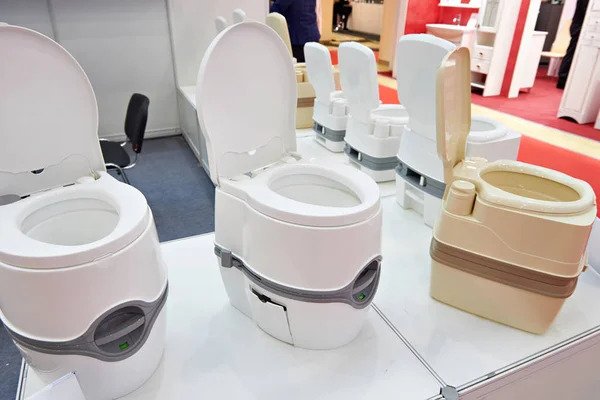
Chemical toilets use chemicals to break down waste and prevent odors. The most common type of chemical toilet is the flush toilet, which uses water to flush waste into a holding tank.
Dry toilets, on the other hand, don’t use water or chemicals. Instead, they rely on evaporation and dehydration to break down waste.
If you’re using a chemical toilet, the best way to dispose of human waste is to dump it into a larger sewage system. This can be done at a campground or RV park that has hookups, or at a septic tank.
If there is no access to a larger sewage system, you’ll need to treat the waste on-site. This can be done by adding chemicals to the waste tank that break down the waste and prevent odors. The most common type of chemical is chlorine, but some products use enzymes or bacteria.
When using chemicals to treat waste, it’s important to follow the manufacturer’s instructions carefully. Improper use of chemicals can cause environmental problems or pose a health risk to people and animals.
Methods of Disposing Portable Toilet Waste
The best method for disposing human waste from portable toilets will depend on the location and the resources available. In some cases, it may be possible to connect the toilet to a larger sewage system. This is typically only an option in developed areas with a robust infrastructure.
In other cases, it may be necessary to treat the waste on-site. This can be done using a variety of methods, including:

Composting
Composting is a process of breaking down organic matter into a nutrient-rich soil amendment. To compost human waste, it must be mixed with other organic materials, such as leaves or food scraps. The mixture is then placed in a compost bin or pile and allowed to decompose.
Composting is typically the best option as it is environmentally friendly and produces a useful end product. However, it can take several months for the composting process to be completed, so it’s not always practical in situations where the waste needs to be disposed of immediately.
Incineration
Incineration is a process of burning waste material, typically in a special chamber designed for this purpose. The resulting ash can then be buried or used as fertilizer.
Incineration is a quick and effective way to dispose of waste, but it produces harmful emissions and leaves behind ash that must be properly disposed of.
Chemical Treatment
Chemical treatment involves adding chemicals to the waste material to break it down. This can be done using a variety of chemicals, including bleach, lye, and enzymes.
This method is a fast and effective way to dispose of human waste, but it requires the use of hazardous chemicals. These chemicals can be harmful to the environment if they are not used properly.
Pit Latrines
Pit latrines are a simple, efficient way to dispose of human waste. They can be built cheaply and do not require water or electricity to operate. However, pit latrines can pose a health risk if they are not maintained properly. If the pit is not deep enough, waste can contaminate the water table. In addition, pits can attract flies and other pests, which can spread disease.
To avoid these problems, it’s important to clean the pit latrine regularly and to empty it when it’s full. The waste should be buried or incinerated. Pit latrines are a simple, efficient way to dispose of human waste, but they must be properly maintained to avoid health risks.
Call for a Sanitation Company
Sanitation companies provide the most convenient and hygienic method of waste disposal since they have the bins, trucks, and other equipment necessary to do the job right.
While this option may be more expensive than some of the others, it ‘s the safest and most effective way to deal with human waste. Many sanitation companies even provide toilet chemicals to make your toilets smell fresh and provide toilet paper.
Portable Toilet Vacuum Pump
This type of pump is designed to remove waste from a portable toilet without having to empty the entire contents of the tank. The pump can be connected to a hose and used to suction the waste out of the toilet. The waste can then be disposed of in a pit latrine or sewer system. This method is quick and easy, but it does require access to a sewer line.
Each of these methods has its own benefits and drawbacks. It’s important to choose the method that is best suited to the location and resources available.







